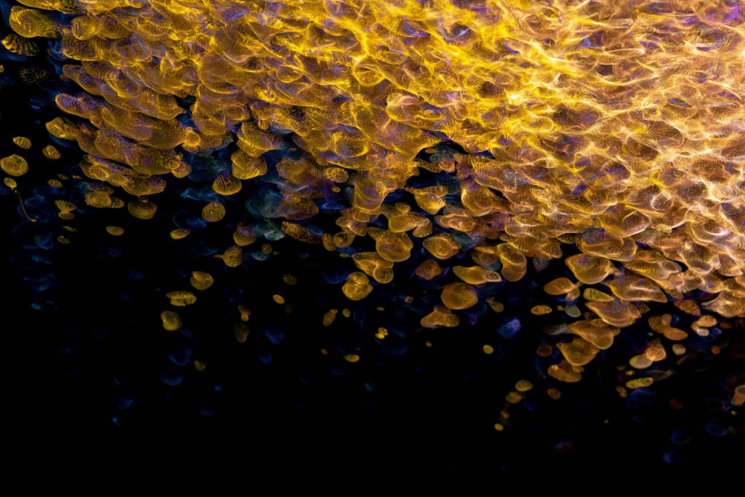Why Choose a Flocked Artificial Christmas Tree?
The holiday season is fast approaching, and for many people, it’s time to start decorating their homes with Christmas trees and other decorations. However, with the world’s growing focus on sustainability and environmental awareness, real Christmas trees have been scrutinized for their environmental impact.
Fortunately, there is an alternative: the flocked artificial Christmas tree. A flocked tree has been coated with a layer of synthetic snow, giving the tree the appearance of a snowy winter wonderland. But aside from their aesthetic appeal, flocked artificial trees have many environmental advantages over their natural counterparts.
Reusable for Years to Come
While a real Christmas tree may only be used for a single holiday season before being discarded, an artificial tree can be reused year after year. This means that purchasing an artificial tree can be a more sustainable option in the long run, as it reduces the demand for new trees to be cut down yearly.
In addition, artificial trees can be packed away and stored easily, taking up minimal space and without the mess and fuss of disposing of a real tree. They are also easier to set up and decorate, as they don’t need to watered or trimmed their lower branches.
Reduced Carbon Footprint
Real Christmas trees have a significant environmental impact, particularly their carbon footprint. According to the American Christmas Tree Association, a real Christmas tree generates about three times more greenhouse gases than an artificial tree.
Growing, harvesting, and transporting real Christmas trees uses many resources, including water, pesticides, and fuel. In addition, once the holiday season is over, real trees are often discarded in landfills, where they decompose and release methane, a potent greenhouse gas.
In contrast, an artificial tree is made from materials such as PVC and metal, which are recyclable. Although there is debate over how much energy is used in the manufacturing process of artificial trees, studies have shown that the carbon footprint of an artificial tree over its lifetime is significantly lower than that of a real tree.
Decreased Waste
The disposal of real Christmas trees is a significant problem, particularly in urban areas where they are often left on curbsides to be picked up by garbage trucks. In some cases, they are sent to landfill sites, where they can take years to decompose and release methane gas, contributing to climate change.
Artificial trees, on the other hand, produce no waste. While they may eventually need to be disposed of, they can be taken to recycling centers where the PVC and metal can be reused in other products.
In addition to these advantages, flocked artificial trees have other benefits over real trees. For example, they are less likely to trigger allergies than real trees, as they don’t produce pollen or other allergens. They also don’t pose a fire hazard, as they are flame retardant and aren’t as dry as real trees.
While real Christmas trees have their traditional appeal, flocked artificial trees offer a more sustainable and environmentally-friendly option. They can be reused year after year, have a lower carbon footprint, and create zero waste. So this holiday season, why switch to a flocked artificial Christmas tree?
